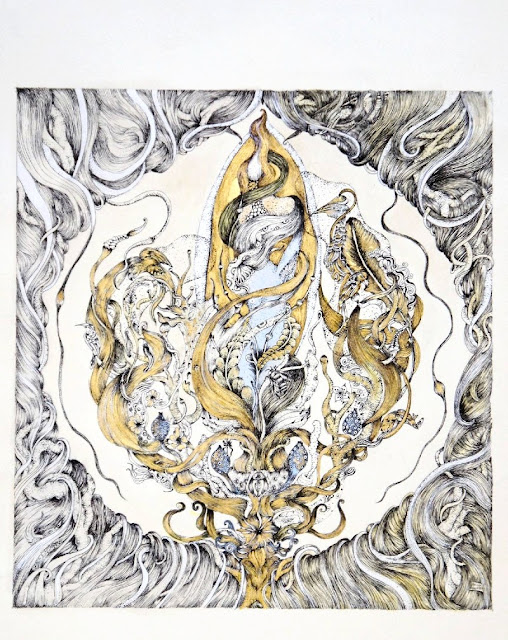It wasn’t until last year that I first came across the incredible Shona Heath.
Before then, I had no idea who she was. But when Poor Things hit the screen, I found myself completely captivated by the lavish sets, the vibrant costumes, and the immersive color palette—everything but the story behind it, to be honest. I couldn’t stop thinking, "What a wonderful world this is. I want to live there." It was in that moment of awe that I realized I had stumbled upon something extraordinary.
Shona Heath, a brilliant set and costume designer, has been the creative force behind some of the most visually stunning projects in recent years. Her collaborations with photographer Tim Walker have resulted in some of the most striking and surreal visuals in fashion and film.
Her work, full of whimsy, depth, and meticulous detail, brings fantastical worlds to life, transporting us to places where imagination reigns. Whether it’s through her work on The Favourite, The Lobster, or other artistic ventures, Heath’s ability to blend the fantastical with the real has left an indelible mark on the visual arts. Her designs are not just costumes and sets—they are entire worlds that spark something deep within.
Read More: Shona Heath on Surrealism, Sketching and Saying Goodbye to Ideas
Shona Heath, originally from the UK, studied at the prestigious Central Saint Martins in London, where she cultivated a unique blend of fashion design and fine arts.
This dual approach laid a strong foundation for her career, equipping her with both the technical skills and creative vision needed to craft her distinctive designs. At Central Saint Martins, she mastered the balance between conceptual artistry and practical execution, which has become a hallmark of her captivating work.



























.jpg)

.jpg)






















